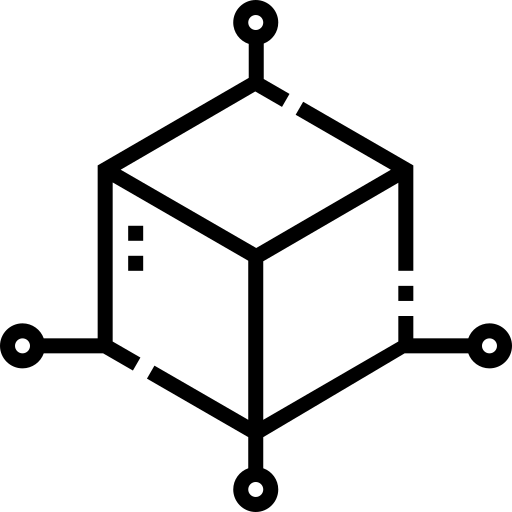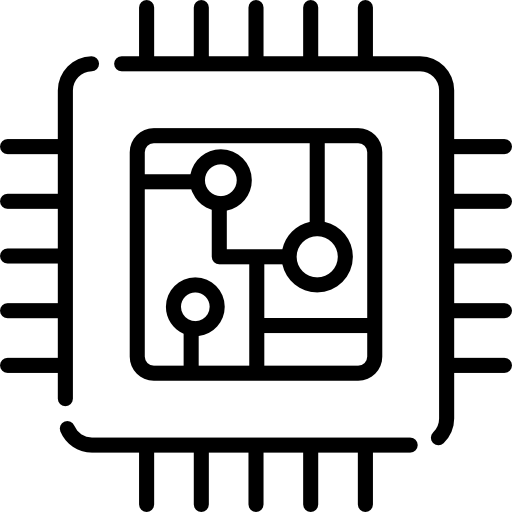
Prototyping and Rapid Manufacturing: CNC machining is often employed in prototyping and rapid manufacturing processes. It allows for the quick production of prototypes and low-volume production runs, enabling designers and engineers to test and iterate designs before mass production.

Electronics: CNC machining is used to produce precision parts for electronic devices. This includes components such as housings, heat sinks, and connectors. CNC milling and CNC turning are commonly employed for these applications.

Architectural Components: CNC machining is employed in the production of architectural components, such as decorative panels, moldings, and intricate designs for buildings. It allows for the creation of complex shapes and patterns with high accuracy.

Energy Sector: Components for the energy sector, including parts for turbines, generators, and oil and gas exploration equipment, are often manufactured using CNC machining. The process ensures the durability and precision required for these critical applications.

Medical Models: CNC machining is utilized in the production of medical devices and implants. It enables the manufacturing of intricate and customized parts with high precision, essential for applications like orthopedic implants, dental components, and surgical instruments.

Automotive Prototyping: In the automotive sector, CNC machining is employed to manufacture engine components, transmission parts, brake components, and other critical parts. The process ensures high precision and consistency, meeting the stringent quality standards of the industry.

Aerospace Applications: CNC machining is extensively used in aerospace for producing complex and high-precision components, such as aircraft parts, engine components, and structural elements. The ability to work with a variety of materials, including aluminum, titanium, and composites, makes CNC machining crucial in this industry.

Custom and High-End Furniture: In the furniture industry, CNC machining is utilized to create intricate and custom-designed furniture components. This includes detailed carvings, precision-cut joinery, and unique designs that would be challenging to achieve with traditional woodworking methods alone.

Tooling and Die Making: CNC machining is widely used in tool and die making for the production of molds, dies, and tooling components. This is crucial for manufacturing industries where precise molds are needed for injection molding, stamping, and other processes.

Consumer Goods: CNC machining is used in the production of various consumer goods, including smartphone components, watches, and other high-precision gadgets. The process allows for the efficient and consistent production of small, intricate parts.













